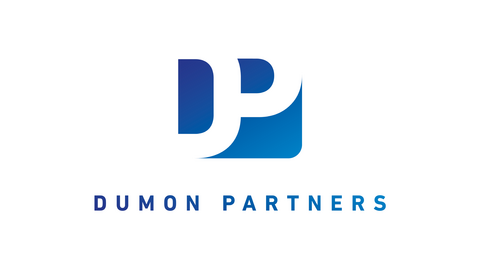Actualités • Membres
NFTs, Art, & Law in the Middle East

The Middle East, and the United Arab Emirates in particular, has an ever evolving and rapidly growing art
Middle East Art Scene
The Middle East, and the United Arab Emirates in particular, has an ever evolving and rapidly growing art scene witnessed through, among other things, Art Dubai, Abu Dhabi Art, Alserkal Avenue, Barjeel Art Foundation, and most recently, and also the arrival of international galleries such as Galleria Continua (Burj Al Arab), and Perrotin Art Gallery (DIFC). The territory is attracting both regional and international creators and buyers as Dubai now turns into a crypto and NFT hub, demonstrating itself as a world leader in the digital art world. Dubai’s technologically advanced environment, along with the ease of conducting business marks it as an ideal space for blockchain and crypto companies. Poised centrally between the East and the West, Dubai is also notably becoming a hub for both the physical and digital art world, from Christie’s hosting Dubai’s first ever art auction in 2006, to Art Dubai opening an entire digital pavilion exclusively for digital mediums and the NFT art scene in March 2022.
NFT’s explained
A non-fungible token (“NFT”) is a unique digital asset created on a blockchain via code. They can be created, bought, and sold on a number of marketplaces, including but not limited to, Binance and OpenSea. NFT’s are unique or non-fungible in the sense that it is a one-of-a-kind piece that cannot be replaced for another asset of equal value, similar to a physical piece of art such as Jean-Michel Basquiat’s 1982 piece ‘Untitled’ or Roy Lichtenstein’s 1964 piece ‘Nurse’. An NFT however, unlike with physical art, provides a digital certificate of authentication/ownership stored on the blockchain and linked to an underlying physical or digital asset. In contrast fiat money such as the United Arab Emirates dirham, or the digital currency Ethereum are fungible, meaning they can be exchanged for another bill or coin of equal value.
NFT’s can represent any asset, whether an online-only virtual asset, or a real-world physical asset. Andrès Reisinger, an Argentinian artist creates NFT furniture, with one collection raising near to $450,000 – a virtual furniture collection available to use solely on the metaverse. Reisinger debuted his first ever public art piece, a phygital collection titled ‘Sun/Leaf’ in Dubai last month, a true testament to the Middle East’s rapidly flourishing and welcoming art scene.
One of the most crucial advantages the NFT rise has provided is to the creators of the original works. Creators are able to earn royalties every time their work is re-sold on the secondary market by way of digital smart contracts linked to the underlying asset. Although beneficial, this in itself creates numerous legal obstacles, including but not limited to intellectual property (“IP”) rights, where a third-party mints and sells a NFT linked to an asset such as artwork created by someone else. A recent example of this, specifically alleged trademark infringement, involves Hermès, the French luxury design house. The first from the 100-piece NFT collection ‘MetaBirkin NFTs’ sold by the artist Mason Rothschild depicting illustrations of the renowned Hermès’ Birkin bag sold for $42,000. Hermès claimed that Rothschild did not have authorisation to use its trademark and is therefore unlawfully profiting from the unauthorised use of the trademark. The outcome of the lawsuit remains to be seen, but the case is an imminent reminder that NFT’s are not exempt from the IP legal framework and regulations that are currently in place.
Click here to read full article


